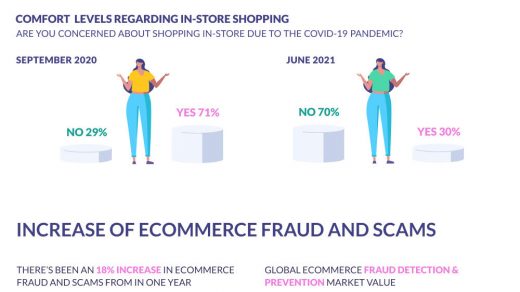There’s a lot happening in the world of Big Data, machine learning and AI. How can these technological advances be put to good use for non-profit organizations? Short answer: in more ways than expected. Here is a look into what data analytics is and some of the ways NPOs can benefit.
To start, what is data analytics? Essentially, it is the process of analyzing raw data in order to transform it into usable information. Raw data can come in the form of annual donation numbers, volunteer details, donor demographics and more. Gathering data is just the start. It can be somewhat meaningless unless it is computationally evaluated and made into something actionable. Through the detection, interpretation and communication of meaningful patterns, data analytics can convert data into relevant and valuable information. In turn, this constructive intelligence can help make more strategic and effective decisions.
How can NPOs utilize such innovative processes to better achieve their goals? Fundraising lends itself to data analytics. From improving the efficiency of fundraising drives to the development of mobile applications designed to make donor access easier, the applications of data analytics are virtually limitless. Data analytics can cut effort and time if they can target donors more effectively so that fewer people need to be contacted to raise the same amount or money. Visibility of donor behavior can reduce the chance of approaching the same donor too often, or neglecting potential donors. Microsoft Dynamics 365 Customer Insights creates a 360-degree view of a donor. According to Michiel van Straten, Senior Data Analyst, UNICEF Netherlands, “We can be faster about getting insights about our donors. We can act fast on our data.”
By reviewing previous campaign performances and strategies already in place, powerful automated data collection tools can perform extensive analysis. For instance, results from multiple donation messages can determine which approach is most effective. What’s more, prescriptive analytics utilizes machine learning technology to not only provide instructive insights but also to forecast outcomes and suggest and guide strategic decisions for the future.
What is machine learning? While we can manually analyze a few data points on our own, machine learning uses advanced algorithms to analyze and process massive amounts of data. It speeds up development of models and training the model with large data sets. Not only that, but the performance and outcome of this analysis improves with more data — hence the importance of better data collection. Cloud computing such as Microsoft Azure makes it possible to direct massive computational power at machine learning without making a capital investment in servers and physical data storage. These methods can help drive data-informed decisions and predict key metrics, such as prospective donations, overall campaign success and program outcomes. Plus, they can save personnel time that could be better served advancing the mission.
At the end of the day, many nonprofits limit their ability to turn collected data into successful actions when they don’t take advantage of all these tools have to offer. While what works for one nonprofit may not work for another, the implementation of these analytical tools has the potential to make a transformative impact in your organization.
For more information on the wide-ranging capabilities of data analytics and how they can be employed in NPOs, please see the accompanying resource.
Infographic created by Sylogist, an ERP for nonprofits




Recent Comments